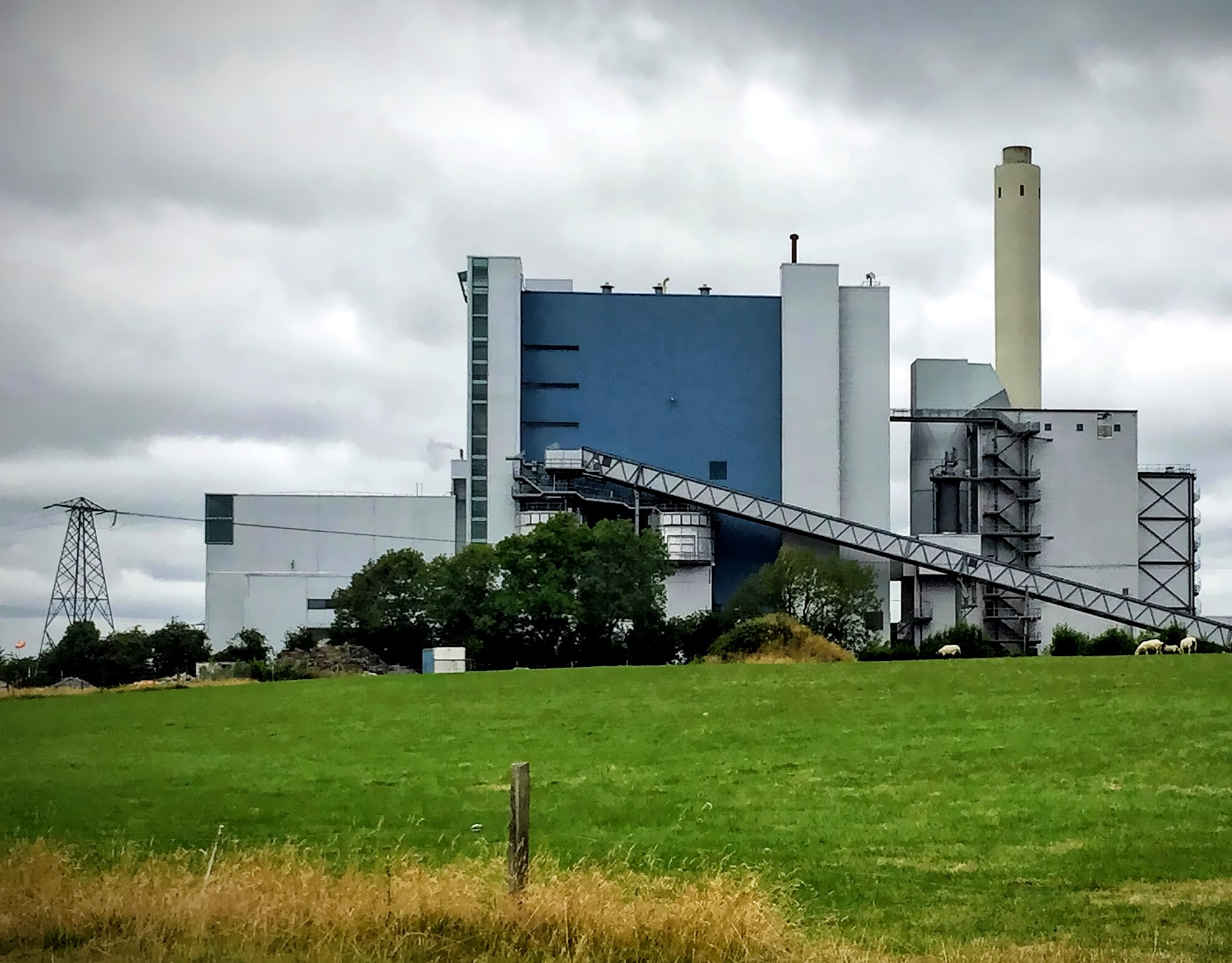When Ireland’s legacy peat-fired power stations, some almost fifty years old, finally expired in the 1990s, the decision was taken to build three new ones. The Lanesboro and Shannonbridge stations were commissioned as recently as 2004 and 2005. They closed for good in 2020 after less than half a normal operating life. The third new station at Edenderry was commissioned in 2000 and remains open, partly fuelled by burning timber as well as turf (and money). The three units had a combined capacity of 370 MW, equivalent to a single CCGT (combined cycle) gas station which in Ireland are mostly…
Cancel at any time. Are you already a member? Log in here.
Want to read the full story?
Unlock this article – and everything else on The Currency – with an annual membership and receive a free Samsonite Upscape suitcase, retailing at €235, delivered to your door.

